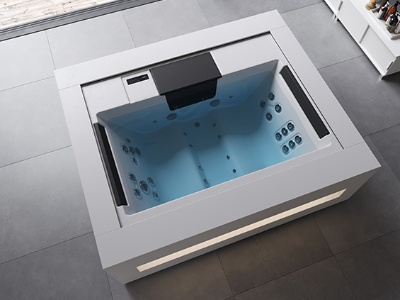
Why is swimming pool safety so strictly regulated by law?
Every year, accidents occur around private swimming pools, mainly involving children under the age of six. These tragedies, often linked to a lack of supervision or the absence of safety devices, led to the introduction of the law of 3 January 2003, obliging swimming pool owners to install specific equipment to limit the risks. The law applies to all private in-ground and semi-inground swimming pools. However, above-ground pools are not affected, although it is strongly recommended that similar precautionary measures be adopted.Approved safety equipment
The regulations require the installation of at least one of the following four devices, each of which meets strict standards:- Protective barriers: They must be at least 1.10 metres high and designed to prevent the passage of a child under the age of five.
- Safety covers: They must be able to support the weight of a child and resist involuntary opening attempts.
- Pool alarms: Whether they are submerged or perimeter alarms, they must detect any intrusion in the water or around the pool.
- Pool enclosures: These structures allow the pool to be completely covered and prevent access to children when closed.
How to choose the right device?
The choice of safety device depends on several criteria: the type of pool, the environment around the pool, and of course, your budget. Protective barriers are often favoured for their reliability and durability, but they can affect the aesthetics of the garden. Covers and shelters are versatile solutions that offer both safety and protection against impurities. Alarms, although effective in addition to another device, are not always sufficient on their own. They warn in the event of a fall, but do not physically prevent access to the water. A combination of several systems is often the best solution to maximise safety.Installation and maintenance of equipment
Installing safety equipment is not enough; it is imperative to maintain it regularly to ensure that it works properly. Barriers must be inspected to check that they have no defects or weak points. Covers must be securely fastened and maintained to prevent them from becoming ineffective over time.With regard to alarms, it is recommended that they be regularly tested to ensure that they are working properly, in particular by simulating an object falling into the water. For pool enclosures, checking the opening and closing mechanisms ensures that they always fulfil their protective role.




